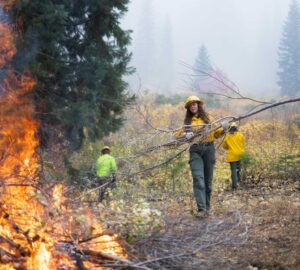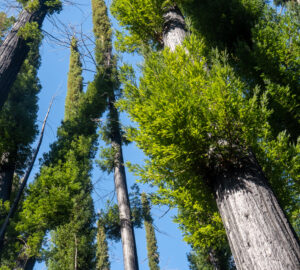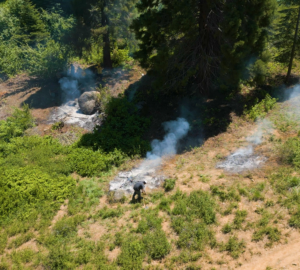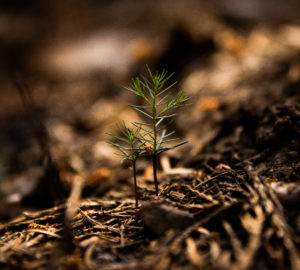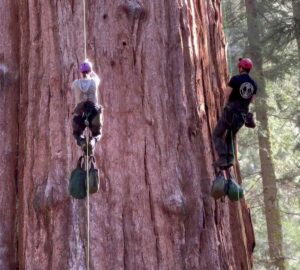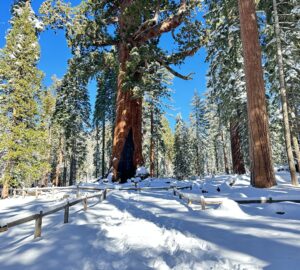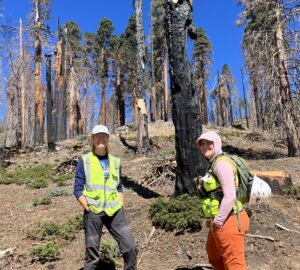League's Joanna Nelson gives an update on the current situation with wildfire in the giant sequoia groves
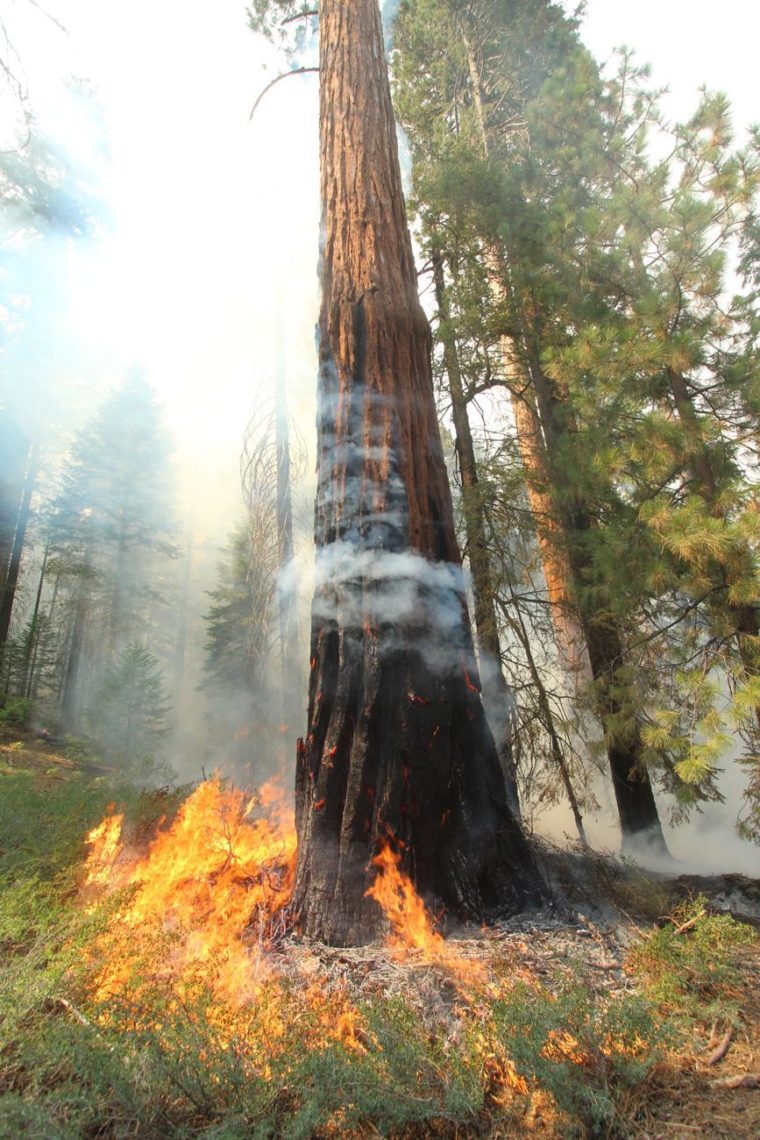
Joanna Nelson is the League’s director of science and conservation planning. Among her other areas of conservation expertise is fire ecology. During the latest round of wildfires, she has been interviewed by news organizations around the country. She took some time out of her busy schedule to give us her take on the current fire situation, particularly in the giant sequoia range.
Garrison Frost: Acknowledging that you haven’t been able to visit any of the burn sites from the Windy Fire or KNP Complex, do you have a sense of whether we’re losing more giant sequoia to wildfire?
Joanna Nelson: Yes, we are losing more giant sequoia to wildfire this year. Wildfires can burn in a patchy way, with low-, moderate-, and high-severity fire. Where there is high-severity fire in the giant sequoia groves, there are sequoias dying.
The latest report on the Windy Fire (which has impacted Red Hill Grove, for example) shows it at 87,318 acres, with 4% containment. The fire increased almost 2,000 acres overnight. The KNP Complex fire (which entered Giant Forest in Sequoia National Park) is almost 48, 350 acres. Given what we know about the fuel and topography, it’s certain that a good number of those acres have burned at high severity.
The Giant Forest in Sequoia National Forest is surviving the fire thus far – but certainly not every grove has had 40-plus years of prescribed fire treatments, as is the case there. Some groves have had no little or no treatment, by which I mean things such as fuel reduction, restoration thinning, and prescribed burning. Which means they’re far more vulnerable.
Last year’s fires in the Sierra killed as many as 10,000 or more of the largest, oldest giant sequoia. Any idea how this year will compare to 2020?
I don’t know how this year will compare – no one does. It will be several months before it’s safe enough to enter these areas and evaluate tree mortality and the condition of ecosystems. It looks bad, in terms of the consequences of wildfire this year, yet we’re hopeful about a mix of fire effects and fire severity (some low- and moderate-severity burns). If it’s as bad, it will be devastating. For a forest this rare and special, it’s just hard to imagine that kind of loss two years in a row.
If this is indeed the second straight year where we’re losing a significant number of giant sequoia, what kind of imperative does that put on forest managers and conservation groups like the League?
It will just be more proof that we really need to get busy, and fast. And by we, I mean forest managers, stewards, policymakers, and those of us involved in conservation. We can’t bring back the thousand-year-old trees that are gone, but we have a responsibility to save what’s there. We know we’re way behind in treating the at-risk groves. Save the Redwoods League has been trying to get the permits in place to treat the giant sequoia properties, and we hope we’re not too late to help Red Hill. We’re an active partner in the new Giant Sequoia Lands Coalition and we’re hopeful that this new combination of agencies, NGOs, and tribes and can get things moving in the right direction.
What’s the first thing you as a fire ecologist would recommend that we do to prevent these losses?
As a society—and I think it’s important to view this collectively that way—we need to get in there and treat the sequoia groves. The ultimate threat remains climate change and finding a way to stem the changing conditions that we’re seeing in the Sierra – drought, dry conditions, warmer weather. But right now, job No. 1 is protecting those vulnerable giant sequoia. That means getting the funding in place, getting the workforce trained up and out there, collaborating with Indigenous, cultural practitioners, getting the permits and windows aligned and just getting the work done. That’s what everyone needs to be focused on right now—getting the work done, fast.
What goes through your mind when you see these fires?
I can’t help but think that it didn’t have to be this way. The forest managers who suppressed all fire in the Sierra for decades probably had the best intentions, but they really changed the entire ecosystem up there. The giant sequoia forests had thrived with fire for millennia, and we disturbed that balance. And now we’re losing this treasure, it’s happening right before our eyes. We have it in our power to set it right and we absolutely should. This is our responsibility. We own what’s happening up there.

